This project, SkyLight, is the continue version of ambient light with hdmi input. I used 50 of WS2801 LEDs behind the screen.
The WS2801 was controlled via arduino, as know as "ttyACM0" device in Hyperion that was run on raspberry pi. The adalight protocol is a medium between arduino and raspberry pi
Last and most important, With-any-HDMI-input was provided by 1) HDMI Splitter, 2) HDMI to RCA converter, 3) Capture Dongle and 4) Raspberry pi2. That was Lucky, the iso file of raspberry pi was create by Lightberry. The download iso was on bottom of page. That all I have before I start this project. Oh, one more thing, I rewrite an arduino sketch which has gamma correction and smooth color change.
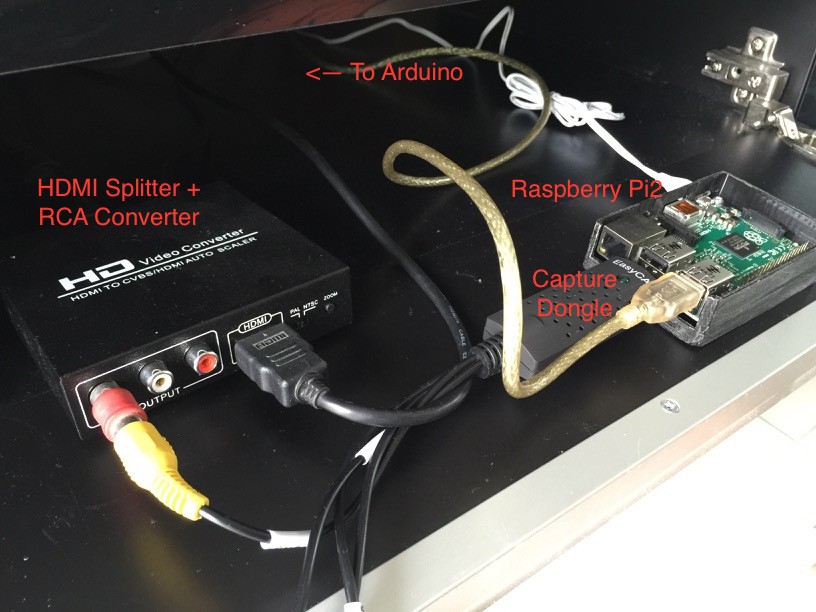
- I do not touch process of ambient light now that mean I still use WS2801 LEDs, don't worry, WS2812 is in my plan but come no first.
- The LED frame of SkyLight is insert in front of ambient light frame, Why? because the ambient light still work perfectly when I update "\etc\hyperion.config.json" file even if I do not touch the sketch.
- RF based light bulb has some limited about color protocol that I'll discuss later. The final result is bulb's color is not perfectly match witch screen color but I will do it the best.
- When "power on" SkyLight is DISABLE and try to change color of bulb to warm white initially.
- SkyLight change bulb color to warm white before power off that why i add some super cap in this project.
- Skylight is not limit for ceiling light merely, applied to table lamp, wall lamp, work lamp and so fourth.
Preparing :
Bulbs was shipped to my house today, been house brand in Thailand. there came with remote. The prices is reasonable compare with China clone product that have a 2-3 weeks delivery time. I'm hasty :-)
SkyLight is not require Wifi bridge module, being bypass it via RF module, nRF24L01.
It connect to arduino board simply.
It's is the time to make it done.
Come with me.
 Songkord Thirachai
Songkord Thirachai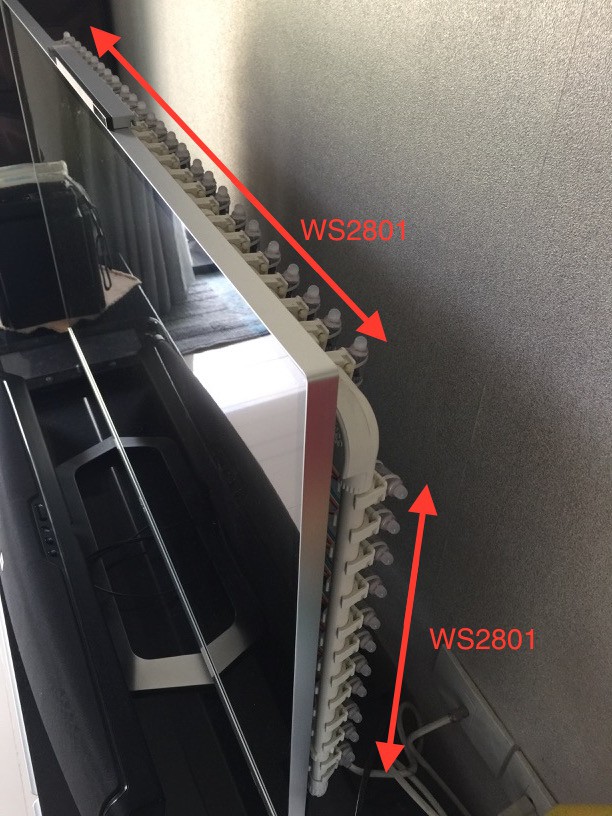
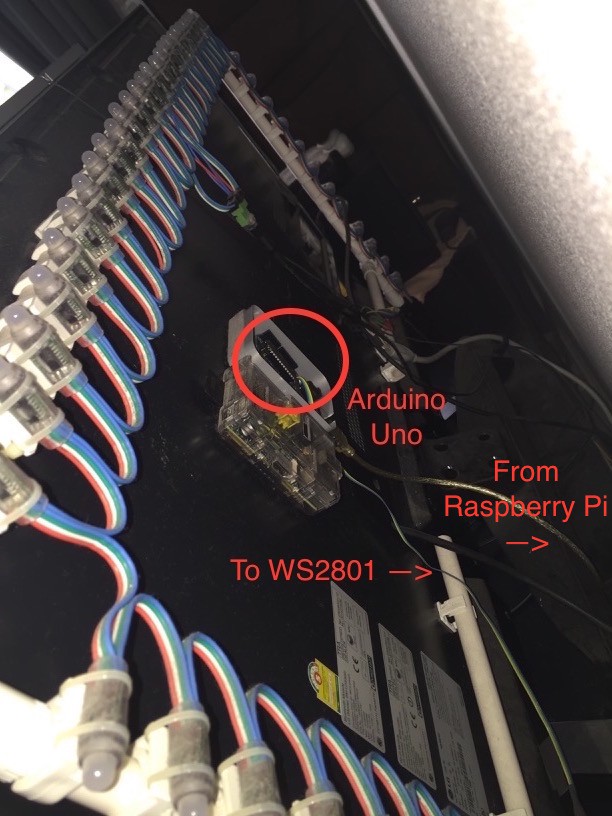
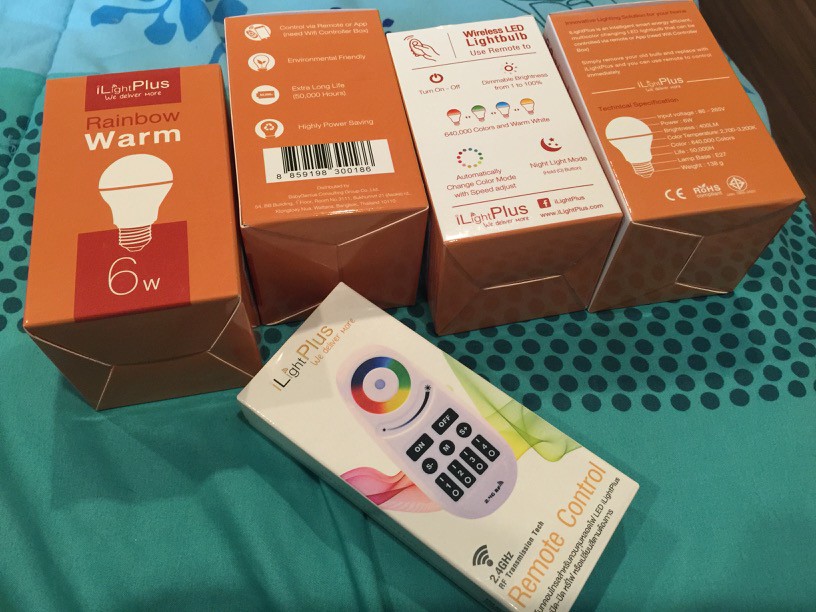
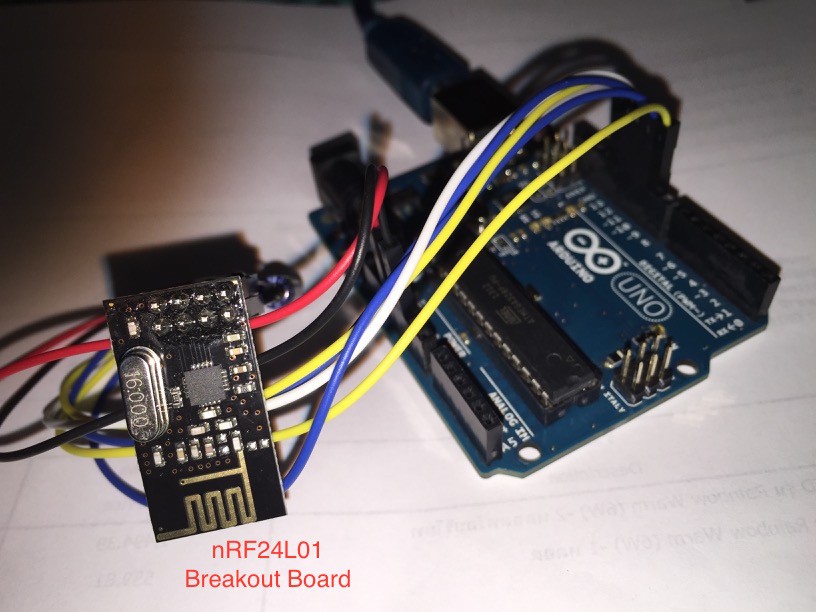
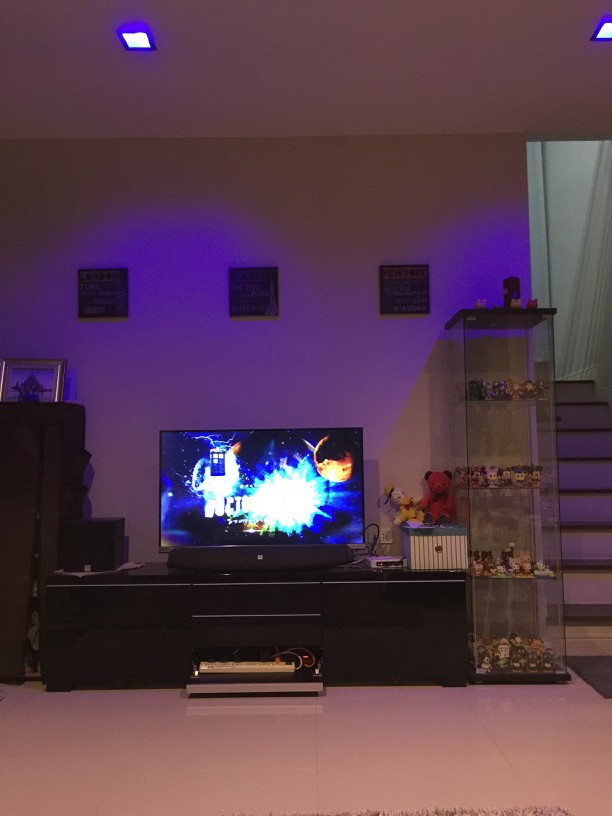
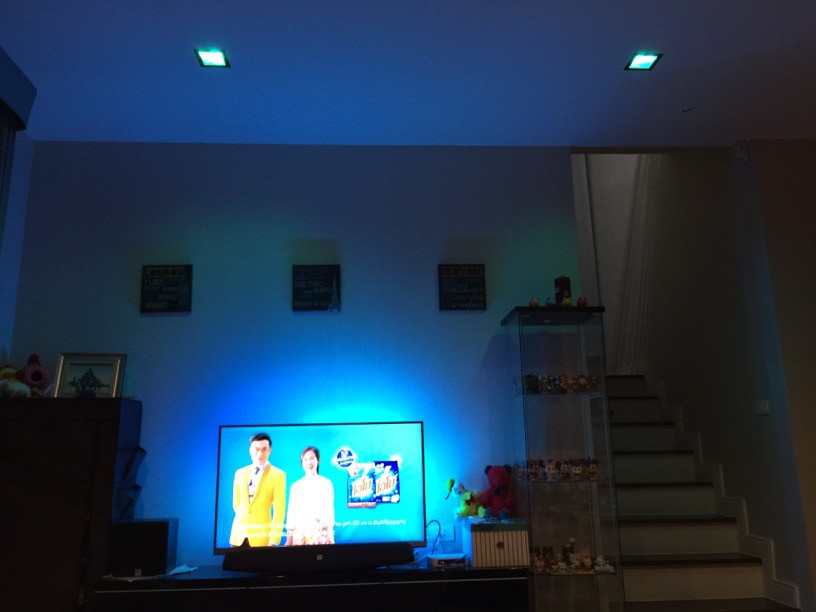
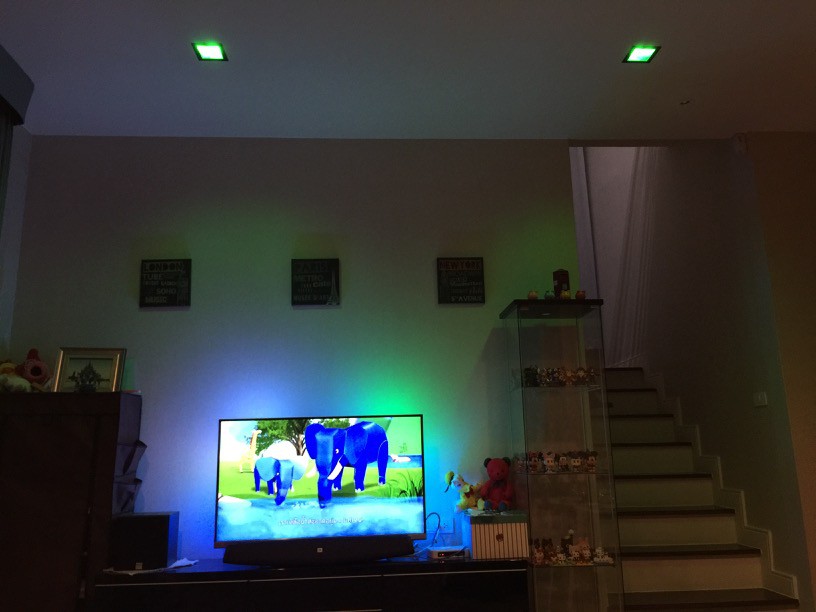
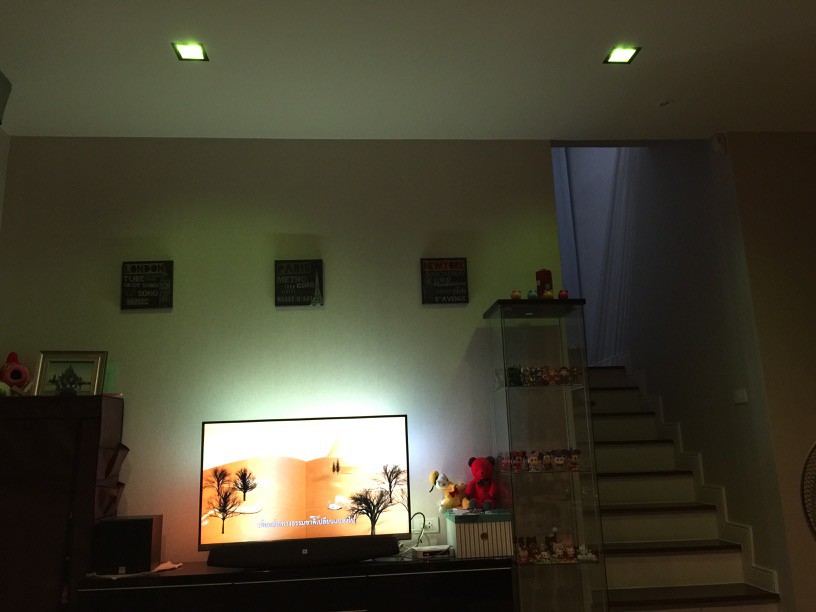
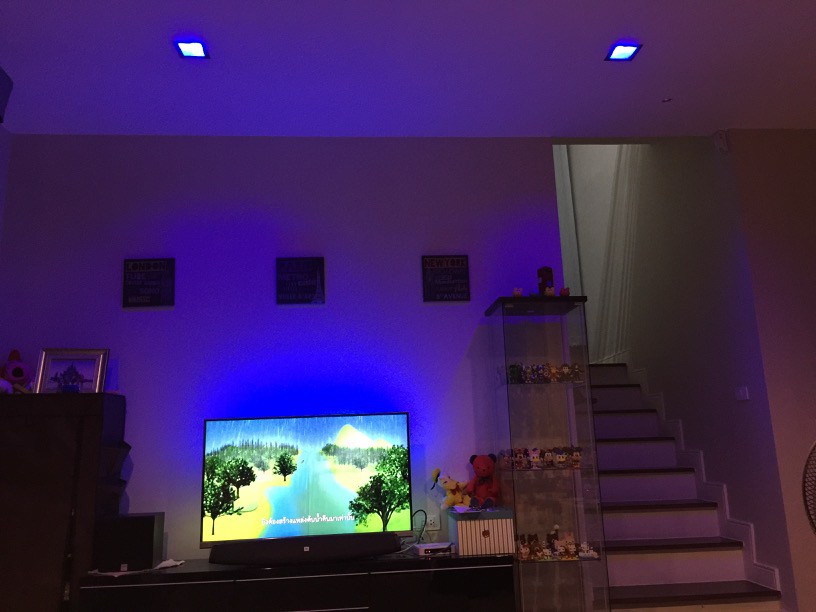
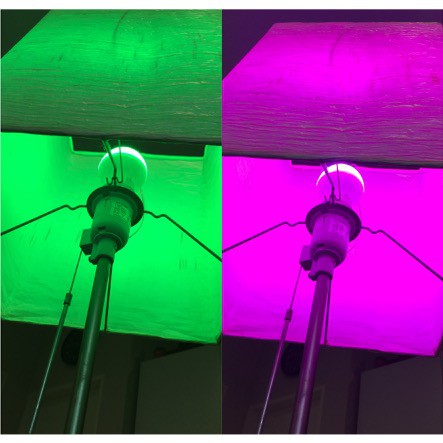
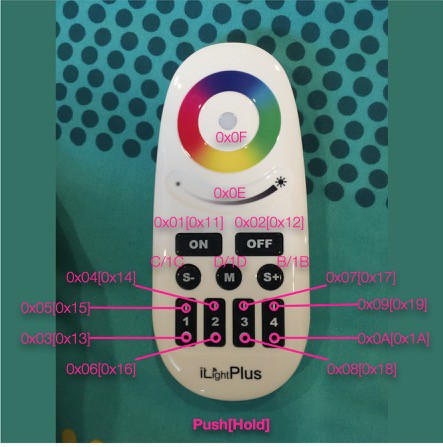


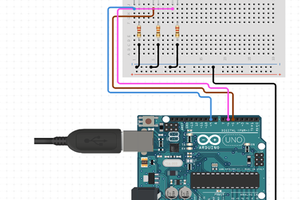
 hIOTron
hIOTron
 Hulk
Hulk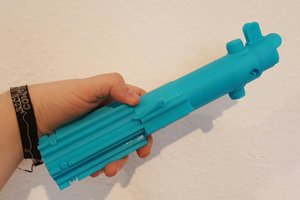
 davedarko
davedarko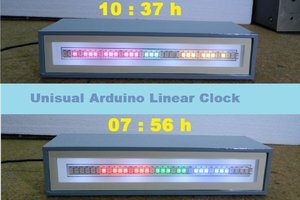
 mircemk
mircemk
Dear followers, SkyLight is delayed for a couple of week. I was operated and being in a hospital now. everything is fine. don't worry. I will complete my project, sworn. Maybe i'm planing to get reenforcement form my friends. see you soon :-)